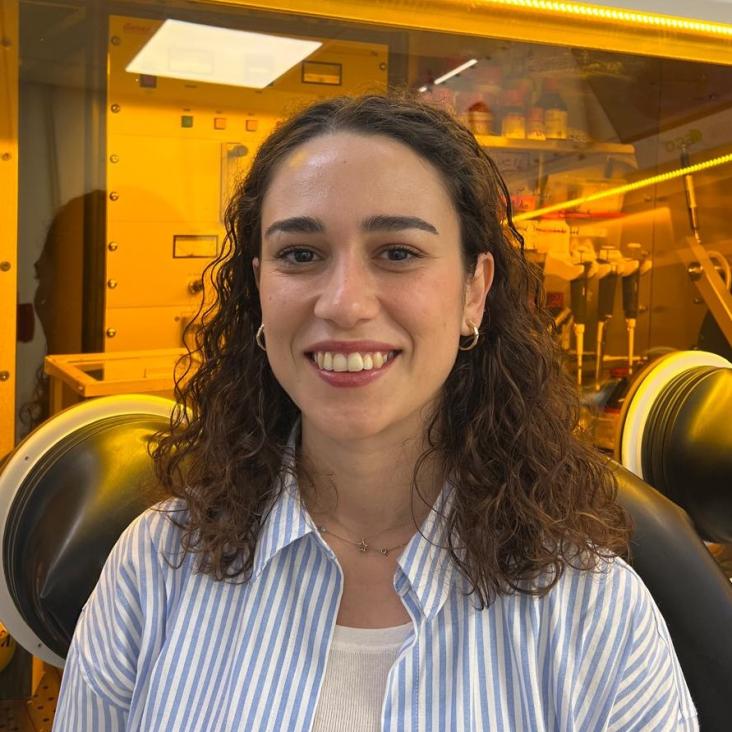Pyridine Controlled Tin Perovskite Crystallization
ACS Energy Letters American Chemical Society (ACS) 7:10 (2022) 3197-3203
Syntheses of novel fluorinated dibenzo[ a , c ]phenazine comprising polymers for electrochromic device applications
New Journal of Chemistry Royal Society of Chemistry (RSC) 46:31 (2022) 14826-14839
Role of Terminal Group Position in Triphenylamine-Based Self-Assembled Hole-Selective Molecules in Perovskite Solar Cells
ACS Applied Materials & Interfaces American Chemical Society (ACS) 14:15 (2022) 17461-17469
Understanding the perovskite/self-assembled selective contact interface for ultra-stable and highly efficient p–i–n perovskite solar cells
Energy & Environmental Science Royal Society of Chemistry (RSC) 14:7 (2021) 3976-3985
Self-assembled Zn phthalocyanine as a robust p-type selective contact in perovskite solar cells
Nanoscale Horizons Royal Society of Chemistry (RSC) 5:10 (2020) 1415-1419


